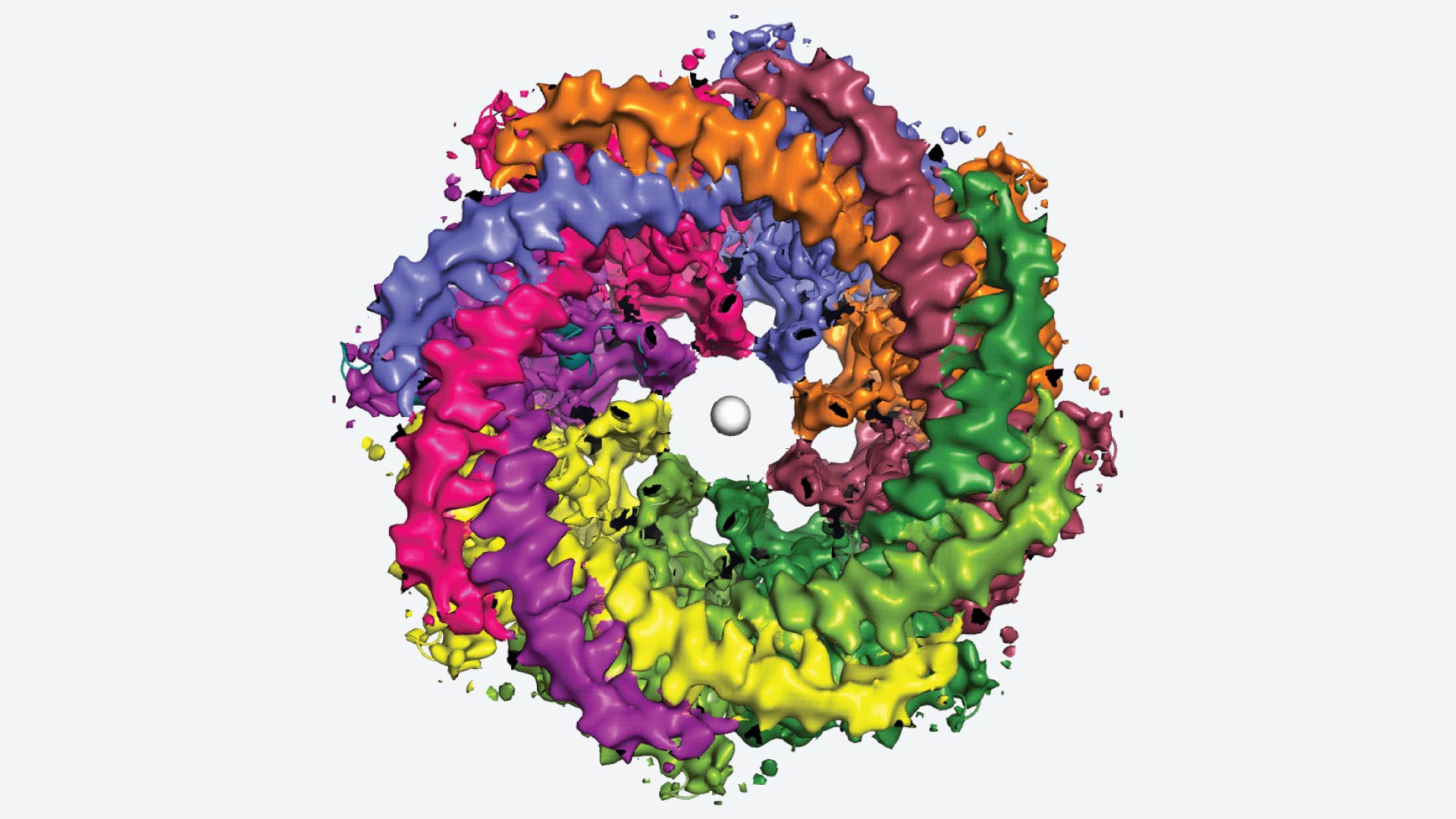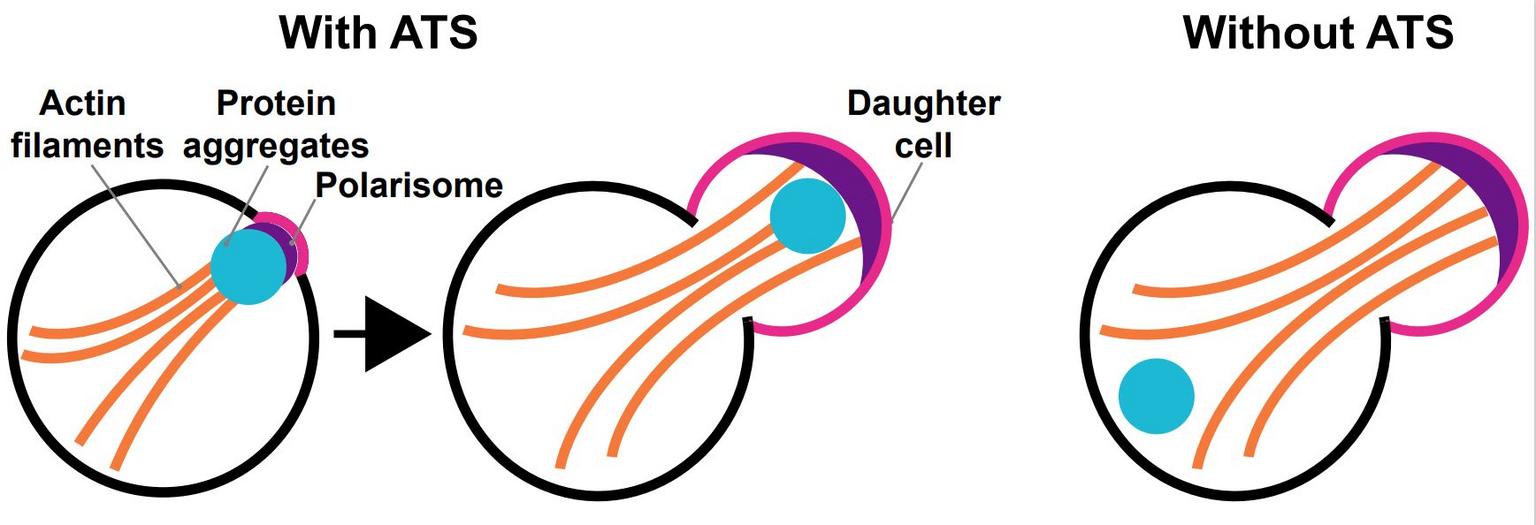Researchers have discovered a protein that seals plant roots to regulate the uptake of nutrients and water from the soil, the discovery could help develop climate proof crops that require less water and chemical fertilizers
Tag: Cellular Proteins

This eight-armed octopus-like pore detects taste
The neurons in our bodies are dotted with tiny pores that let essential molecules pass in and out of our cells. Neurons need these channels to send the signals that allow us to move, think, and perceive the world around us. Now, structural biologists at Cold Spring Harbor Laboratory (CSHL) have captured never-before-seen images of one of the largest pores in human neurons.

Engineered approach to remove protein aggregates from cells
Protein aggregates accumulate during aging and are linked to neurodegenerative diseases like Alzheimer’s, Parkinson’s or Huntington’s disease.
AI developed in the UK is the world leader in identifying the location and expression of proteins
A new advanced artificial intelligence (AI) system has shown world-leading accuracy and speed in identifying protein patterns within individual cells.
Protein droplets may cause many types of genetic disease
Most proteins localize to distinct protein-rich droplets in cells, also known as “cellular condensates”.
Discovery of cell protein that keeps Kaposi’s sarcoma herpesvirus dormant
A study led by UC Davis Cancer Center identified a binding protein in cancer cell’s nucleus, known as CHD4, as a critical agent keeping Kaposi’s sarcoma-associated herpesvirus (KSHV) dormant and undetected by the body’s immune system. CHD4 is linked to cancer cell growth in many types of cancers.